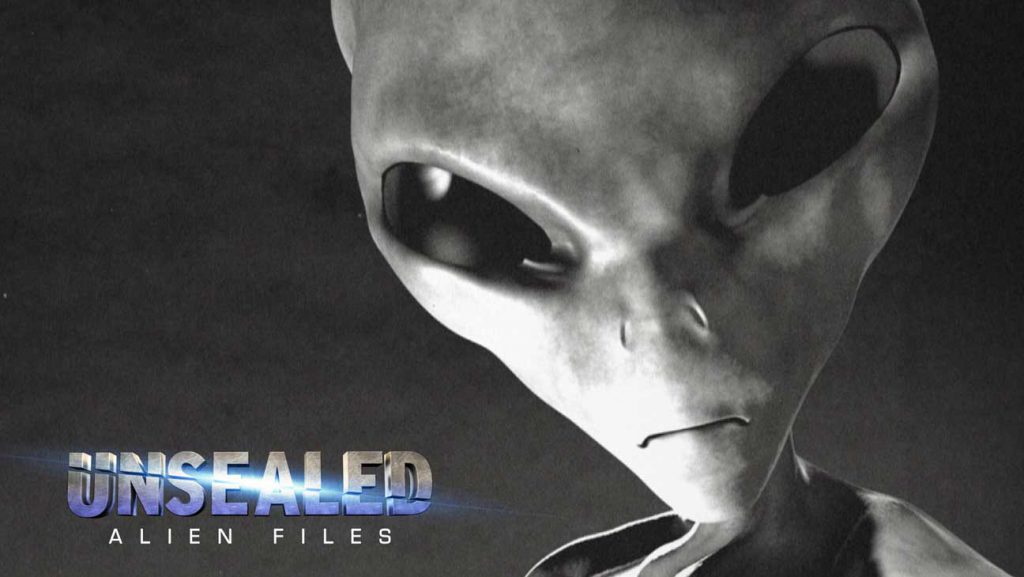Unsealed: Alien Files – Alien Origins episode 43: Ufologists discuss what UFOs may be, where they may originate and what may be their agenda.
What are UFOs? Are they spacecraft? Or vessels of a different kind, from a place beyond imagination? Do they travel vast distances to reach planet Earth? And do they come in peace– or to conquer? From mysterious planets at the edge of the Solar System, to epic journeys beyond the boundaries of time and space – Join us as the secret origins of alien visitors are UNSEALED in Unsealed: Alien Files – Alien Origins episode 43.
In April 2011 the FBI declassified decades’ worth of secret government documents that contain thousands of reports of UFO sightings and alien activity. Each episode of this half-hour series tackles one alien case by investigating the previously off-limits government files. The program re-examines key evidence and follows developing leads based on newly released information.
Mass UFO sightings, personal abductions, government cover-ups, and alien news from around the world are some of the topics covered by the show’s panel of specialists, who include journalists, researchers, and radio and TV hosts. After watching an episode of `Unsealed: Alien Files’, you may begin to believe that `we are not alone’.
Unsealed: Alien Files – Alien Origins episode 43
The study of UFOs has received little support in mainstream scientific literature. Official studies ended in the U.S. in December 1969, following the statement by the government scientist Edward Condon that further study of UFOs could not be justified on grounds of scientific advancement. The Condon Report and its conclusions were endorsed by the National Academy of Scientists, of which Condon was a member. On the other hand, a scientific review by the UFO subcommittee of the American Institute of Aeronautics and Astronautics (AIAA) disagreed with Condon’s conclusion, noting that at least thirty percent of the cases studied remained unexplained, and that scientific benefit might be gained by continued study.
Critics argue that all UFO evidence is anecdotal and can be explained as prosaic natural phenomena. Defenders of UFO research counter that knowledge of observational data, other than what is reported in the popular media, is limited in the scientific community and further study is needed.
No official government investigation has ever publicly concluded that UFOs are indisputably real, physical objects, extraterrestrial in origin, or of concern to national defense. These same negative conclusions also have been found in studies that were highly classified for many years, such as the UK’s Flying Saucer Working Party, Project Condign, the U.S. CIA-sponsored Robertson Panel, the U.S. military investigation into the green fireballs from 1948 to 1951, and the Battelle Memorial Institute study for the USAF from 1952 to 1955 (Project Blue Book Special Report No. 14).
Some public government reports have acknowledged the possibility of physical reality of UFOs, but have stopped short of proposing extraterrestrial origins, though not dismissing the possibility entirely. Examples are the Belgian military investigation into large triangles over their airspace in 1989–1991 and the 2009 Uruguayan Air Force study conclusion (see below).
Some private studies have been neutral in their conclusions, but argued that the inexplicable core cases call for continued scientific study. Examples are the Sturrock panel study of 1998 and the 1970 AIAA review of the Condon Report.
